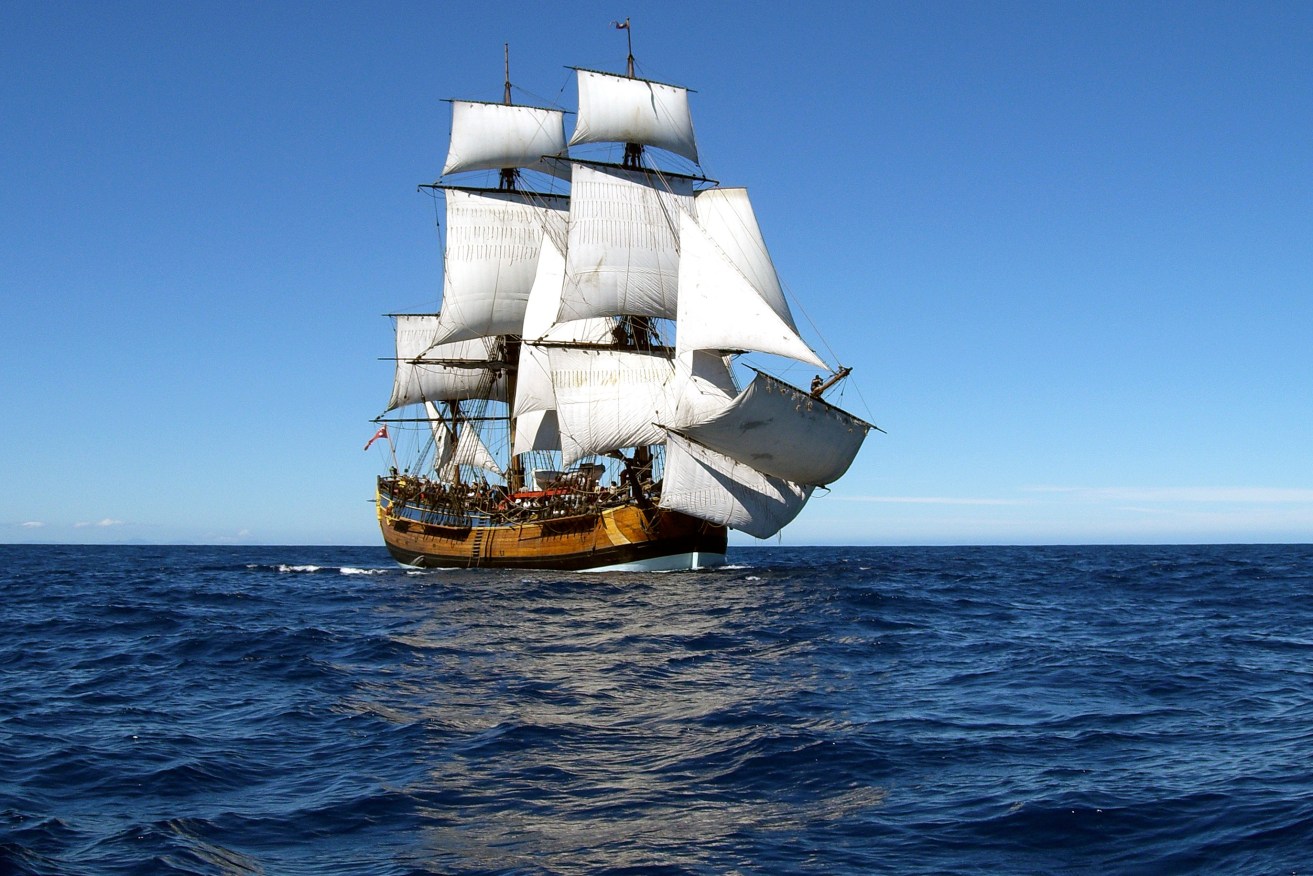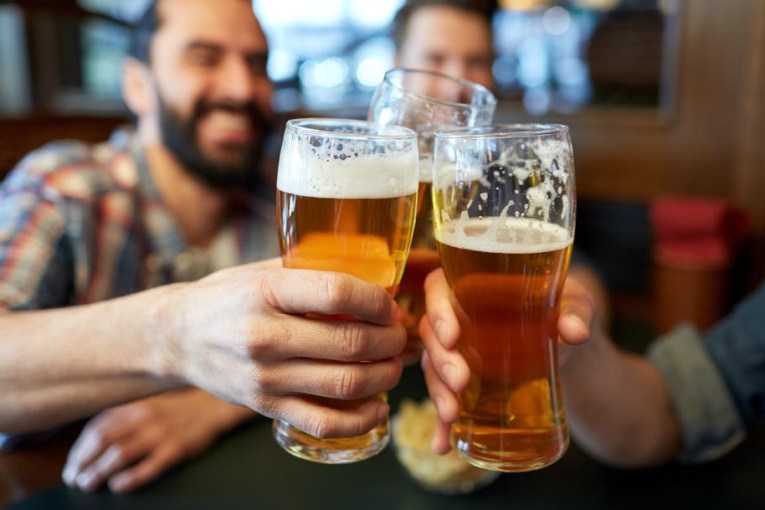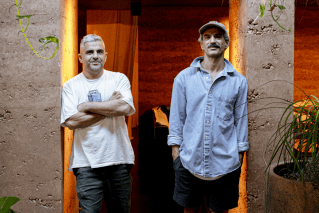Cook’s tour: Australian scientists close to confirming Endeavour’s final resting place
Australian maritime scientists have doubled down on claims a shipwreck off the US coast is Captain Cook’s Endeavour, which he famously sailed while exploring the south Pacific.

A supplied undated image obtained Thursday, February 3, 2022 shows the the Endeavour replica ship. (AAP Image/Supplied by the Australian National Maritime Museum, Stephen Schmidt) NO ARCHIVING, EDITORIAL USE ONLY
A pump well and section of the wreck’s bow further provide evidence as to the identity of the ship, the Australian National Maritime Museum said on Thursday.
The museum first declared the wreck located in Newport Harbour, Rhode Island to be the Endeavour in February 2022 following decades of archaeological examination.
However the claims were shot down by US experts also examining the ship, who said that despite finds “consistent with what might be expected of the Endeavour” there was not yet indisputable data to support the claim.
Rhode Island Marine Archaeology Project executive director Kathy Abbass said a “legitimate report” on the wreck’s identity would be released when the group’s study was complete.
But the museum said there had been no further dissenting responses to its claims that the vessel was the Endeavour in the past two years.
The Endeavour was renamed Lord Sandwich and sunk by British forces during the American War of Independence in 1778, accounting for its possible final resting location.
In 1768, James Cook sailed the Endeavour, a re-fitted coal ship, to Tahiti and on to New Zealand before reaching the east coast of Australia in 1770.
Most recently, the discovery of the vessel’s pump well allowed museum maritime archaeologists Kieran Hosty and James Hunter to compare it to plans of the Endeavour generated during a British Admiralty survey of the vessel in 1768.
According to the museum, the positions of the surviving pump-shaft stump and pump-well partitions on the wreck aligned perfectly with those in the archival document.
Having compared the wreck site to the historical plans, archaeologists were also able to accurately predict the location of the ship’s bow, where they found another convincing piece of evidence.
A distinctive “scarph” joint in the surviving keel timber allowed the team to take further measurements of the wreck, providing another match to the historical British documents.
The design of the scarph itself, which was unusual for vessels of that era, was also an exact match for the form and size of the joint on the Endeavour’s plans, the museum said.
A survey of 40 18th-century ship plans showed just one other matched the Rhode Island wreck – that of the Marquis of Rockingham, built in 1770 by the same shipwright that produced the Endeavour.
Maritime Museum director and chief executive Daryl Karp said the finds further supported Australian researchers’ claims of the Endeavour’s identity.
“The museum of course also acknowledges the work of the team from the Rhode Island Marine Archaeology Project, and the Rhode Island Historical Preservation and Heritage Commission for their assistance and oversight over many years,” she said.












